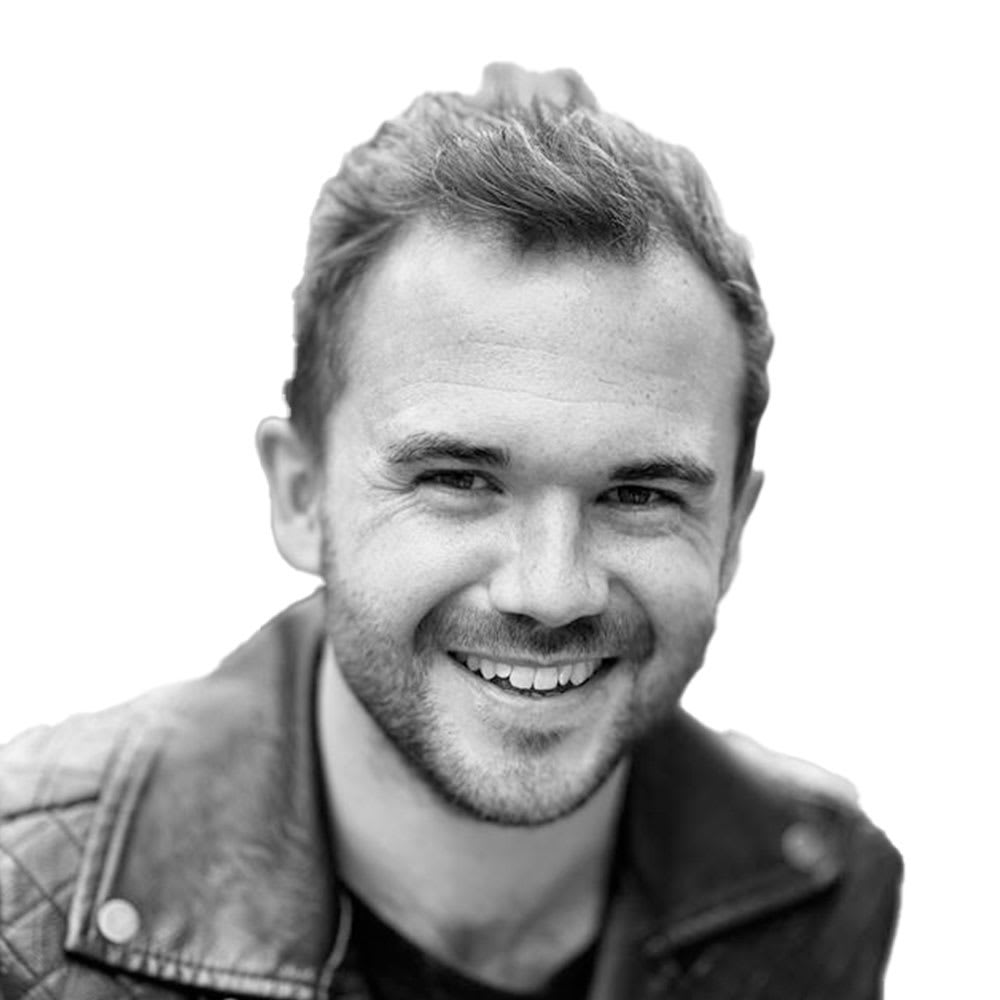Movies
Photo Illustration by Luis G. Rendon/The Daily Beast/Getty/20th Century Studios
‘Mrs. Doubtfire’ Director on NC-17 Cut and Scrapped Sequel Plans
‘GOT AWAY WITH MURDER’
On the beloved comedy’s 30th anniversary, director Chris Columbus tells us how Robin Williams “was like a man possessed” on set.

Trending Now





